
Introduction to
Geometric Algebra
Computing
Introduction to
Geometric Algebra
Computing
Dietmar Hildenbrand

CRC Press
Taylor & Francis Group
6000 Broken Sound Parkway NW, Suite 300
Boca Raton, FL 33487-2742
First issued in paperback 2020
2019 by Taylor & Francis Group, LLC
CRC Press is an imprint of Taylor & Francis Group, an Informa business
No claim to original U.S. Government works
Version Date: 20180705
ISBN 13: 978-0-367-57132-0 (pbk)
ISBN 13: 978-1-4987-4838-4 (hbk)
This book contains information obtained from authentic and highly regarded sources. Reasonable efforts have been made to publish reliable data and information, but the author and publisher cannot assume responsibility for the validity of all materials or the consequences of their use. The authors and publishers have attempted to trace the copyright holders of all material reproduced in this publication and apologize to copyright holders if permission to publish in this form has not been obtained. If any copyright material has not been acknowledged please write and let us know so we may rectify in any future reprint.
Except as permitted under U.S. Copyright Law, no part of this book may be reprinted, reproduced, transmitted, or utilized in any form by any electronic, mechanical, or other means, now known or hereafter invented, including photocopying, microfilming, and recording, or in any information storage or retrieval system, without written permission from the publishers.
For permission to photocopy or use material electronically from this work, please access www.copyright.com (http: // www.copyright.com/ ) or contact the Copyright Clearance Center, Inc. (CCC), 222 Rosewood Drive, Danvers, MA 01923, 978-750-8400. CCC is a not-for-profit organization that provides licenses and registration for a variety of users. For organizations that have been granted a photocopy license by the CCC, a separate system of payment has been arranged.
Trademark Notice:Product or corporate names may be trademarks or registered trademarks, and are used only for identification and explanation without intent to infringe.
Visit the Taylor & Francis Web site at
http: // www.taylorandfrancis.com
and the CRC Press Web site at
http: // www.crcpress.com
To my beloved wife Carola
who died in March 2018
for her faith, hope and love.
Contents
Dietmar Hildenbrands new book Introduction to Geometric Algebra Computingin my view fills an important gap in Cliffords geometric algebra literature. Most books up till now are written for the level of college students or above, pre-supposing substantial levels of linear-, vector- and matrix algebra, complex numbers, calculus, etc. The current book though starts with the elementary two-dimensional Euclidean geometry as I remember it from my middle school days. Therefore I expect that this book can be of interest beginning at the middle school level, through high school and college education. Furthermore engineers, who look for a beginners introduction to geometric algebra are also at the right address. Because the textbook pedagogically begins by defining all geometric objects, the measuring of distance and angle, and elementary geometric transformations, after having shown how to work interactively on the universal (can be implemented on all computing platforms) GAALOPScript. The latter permits the reader to immediately try and vary every new item, definition, entity, computation, etc. This is greatly assisted by the extensive set of GAALOPScript listings. In this sense the textbook is fully (inter)activ; the reader does not have to persevere through extensive theoretical foundations, before reaching the first motivating application, or explorative problem. At his own pace the reader can try the listed code of a section, and study the accompanying text for deeper understanding.
In geometric algebra, and especially so in conformal geometric algebra (CGA) of the two-dimensional plane, here appropriately named compass-ruler algebra (CRA), all expressions formed by elementary algebraic rules for addition and multiplication are geometrically meaningful and useful. This is beautifully shown in in the sections on difference and sum of two points, with respective interpretations as mid-line and circle (with the two points as poles), respectively.


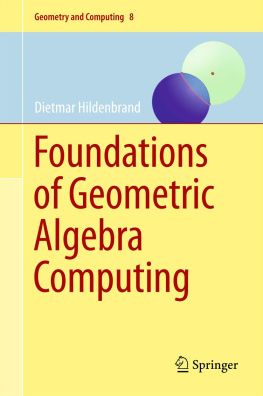

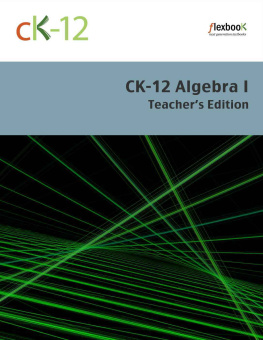

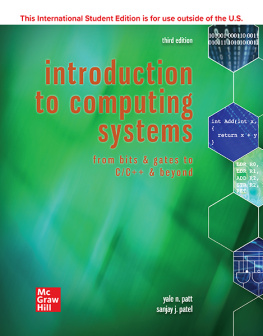
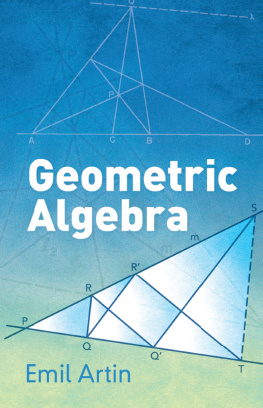

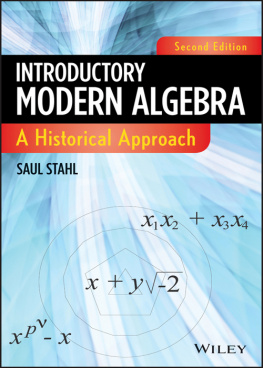
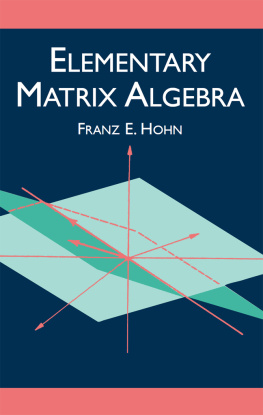
![Dietmar Hamann [Dietmar Hamann] - The Didi Man](/uploads/posts/book/46092/thumbs/dietmar-hamann-dietmar-hamann-the-didi-man.jpg)


